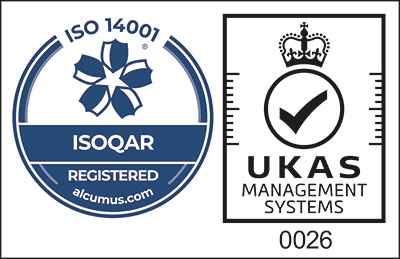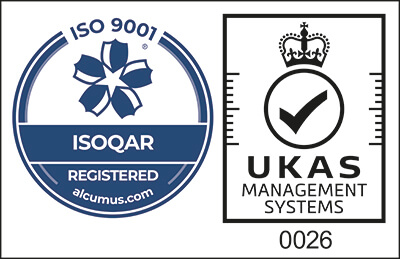
Legionella control is an important disease prevention procedure many businesses and individuals must adhere to in order to prevent long term health issues as a result of inhaling small droplets of contaminated water. Legionella can, in extreme cases, cause serious illness and even fatalities if not maintained and eradicated sufficiently. With this in mind, we have discussed frequently asked questions in relation to Legionella control so that you can consume water in full confidence without risking your well-being.
Legionella FAQs:
What Causes Legionella?
For those wondering what causes Legionella, it is essentially fabricated by a strain of bacteria which thrives in nutritious environments and feeds on rust, algae, sludge and other organic matter. It can present a number of health risks for those who come into contact with it and therefore the risks need to be managed on an ongoing basis. The most common way people contract Legionnaires’ disease is by inhaling small droplets of water that is suspended in the air which contains the harmful bacteria.
What Can You do to Prevent Legionella?
According to the Approved Code of Practice and Guidance L8 (ACOP L8), there are many actions individuals/businesses can do in order to maintain successful Legionella control from water storage tanks and cooling towers. For example:
One can aim to totally avoid the materials that harbour bacteria and other microorganisms to develop. Secondly, one could implement regular and routine maintenance procedures to inspect the cleanliness of the system and the water in it. A final example would be to keep the system clean, by disinfection/chlorination, to avoid the build-up of sediments which may further generate bacteria growth. This final preventative measure is recommended to be performed by a professional who has had previous history in dealing with Legionella before.
What is The Optimum Temperature For Legionella to Develop?
Conditions of 20-50°C are suitable enough for Legionella to develop with the optimum level of growth occurring at 37°C. As such, it is important to keep cold water cool (below °20C) and hot water above the threshold of 50°C to prevent the bacteria from emerging and potentially affecting your water storage tanks.
What is A Legionella Risk Assessment?
A Legionella control risk assessment identifies and evaluates any potential legionella development risks within a given workplace. The assessment will be conducted on-site by a City and Guilds qualified Legionella risk assessor and will typically include information on:
- A full inspection of each room in the building with photographs of all site assets and potential risk areas
- The name of the individual who is responsible for the management of the water systems
- A check of the system materials to ensure it aligns with WRAS regulations
- Trace of all pipe work configurations and water sources.
- The procedures that are designed to monitor, inspect and maintain the premises
- Assessor findings including advice on monitoring tasks and remedial action
- Water temperatures taken across the site measured against acceptable ranges.
Can Anyone Conduct Legionella Risk Assessments?
Legionella risk assessments must be carried out by a competent and experienced individual who has both sufficient levels of training and previous experience in conducting risk assessments before. If a Legionella risk assessment is carried out by somebody who doesn’t meet these two pieces of criteria, you could be put at risk of legal action in the event of a Legionella outbreak. As a result, it is essential that your risk assessment is conducted by somebody with the right expertise and experience in order to pass the assessment and avoid sanctions.
Should my Staff Have Legionella Training?
The short answer is no, it is not a requirement for any staff member to have legionella control training. This is actually beneficial too as one of the main factors a risk assessor must possess is past and previous experience, so a qualification alone is not sufficient enough to fulfil the requirements of the risk assessment. However, more general Legionella control awareness training can help your staff to understand their responsibilities for preventing Legionella build-up, and can help to ensure that Legionella management processes are followed consistently.
What Happens if I Get A Positive Result For Legionella?
In the event that Legionella bacteria is found in your water tank system, there are a number of different measures that can be taken to eradicate it and prevent it from returning. The most common action to take is a system clean and disinfection/chlorination. Alternatively. If you receive a positive result, you are advised to contact the experts like the team here at COVAC. COVAC have solutions to help clients experience peace of mind and will significantly reduce the risk of bacterial growth in all types of potable water retaining structures and will resist the growth of micro aquatic organisms.
How Often Should My Cold Water Storage Tank Be Disinfected?
It is recommended that if a cold water storage tank supplies drinking water, then the tank will need to be inspected and have samples taken every 6 months. In addition, a clean and disinfection process needs to be carried out at least once a year. If the system is not used for supplying drinking water, you should take tank temperatures yearly unless monitoring indicates the need for more frequent inspection. Cleaning isn’t required routinely unless inspection deems it necessary to do so.










